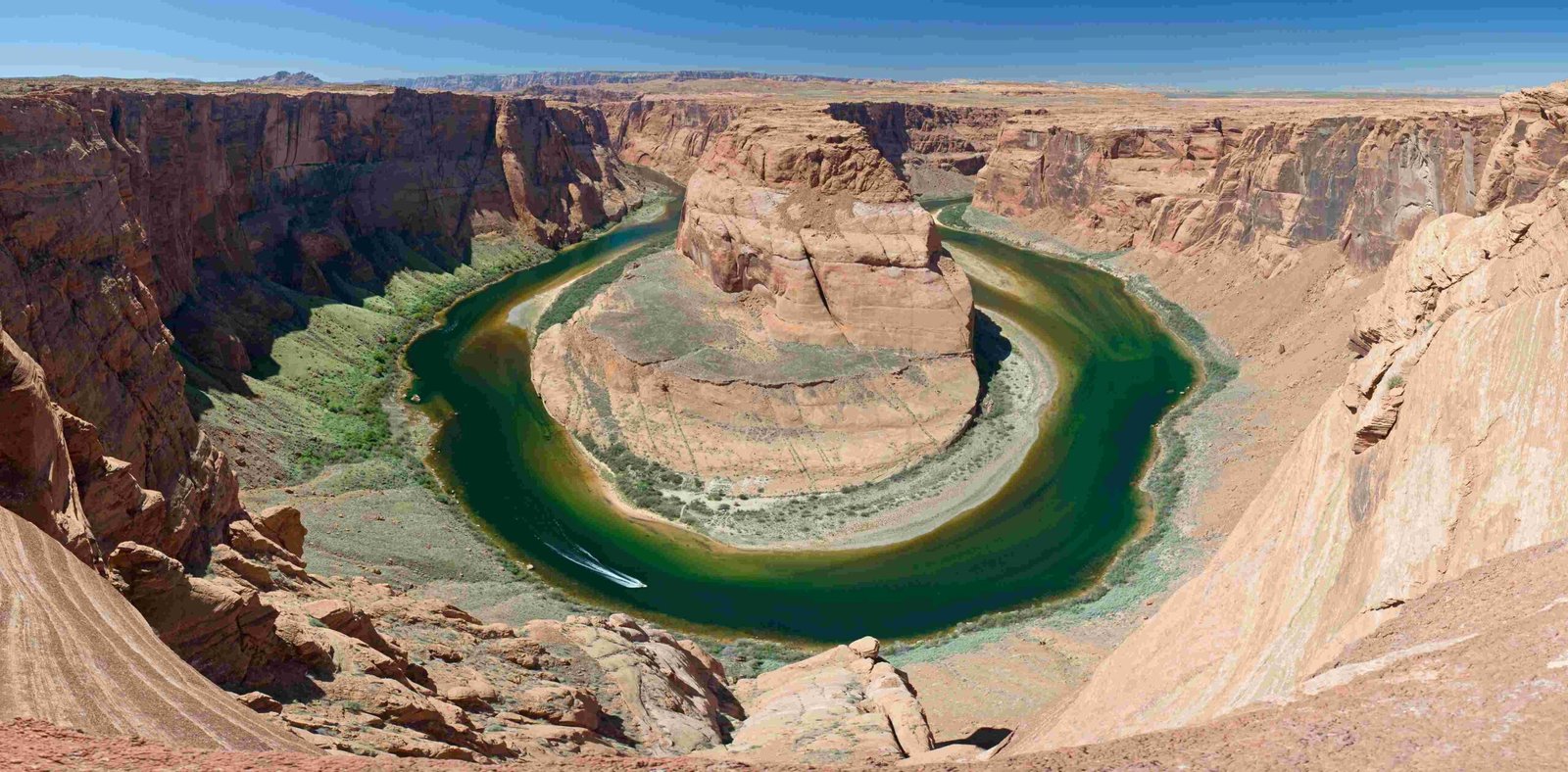The Grand Canyon’s layer colors represent a breathtaking geological timeline, showcasing a stunning palette of dark metamorphic rocks, vibrant red limestones, light sandstones, and blue-gray shales. These colors are not merely aesthetic but tell a complex story of geological processes spanning nearly two billion years, revealing how tectonic movements, marine environments, and climatic changes have sculpted this extraordinary landscape.
What Makes Grand Canyon Layer Colors Unique?

The Grand Canyon’s layer colors are a remarkable testament to geological evolution, presenting a visual encyclopedia of Earth’s transformative history. Each color represents a distinct geological period, mineral composition, and environmental condition.
Why Do Rock Layers Have Different Colors?
Rock colors in the Grand Canyon result from several critical factors:
- Mineral Composition
- Iron oxide creates red and rust-like hues
- Limestone contributes gray and cream tones
-
Sandstone provides light and golden colors
-
Geological Formation Processes
- Sedimentary deposition
- Metamorphic transformations
-
Volcanic activities
-
Environmental Conditions
- Marine environments
- Desert landscapes
- Tropical shorelines
What Are the Primary Layer Colors?
| Layer | Color | Age | Significance |
|---|---|---|---|
| Vishnu Formation | Dark metamorphic | 1.2-1.8 billion years | Oldest rock layer |
| Tapeats Sandstone | Light tan | 525 million years | Early marine sediments |
| Bright Angel Shale | Blue-gray | 515 million years | Calm marine environment |
| Redwall Limestone | Red-stained gray | 340 million years | Tropical marine deposits |
| Coconino Sandstone | Light cream | 275 million years | Ancient desert dunes |
How Do Geological Processes Create Color Variations?
Geological color variations emerge through complex interactions:
- Chemical Weathering: Oxidation of minerals creates color transformations
- Mineral Infiltration: Groundwater introduces new mineral compositions
- Tectonic Movements: Pressure and heat alter rock structures
Where Can Visitors Best Observe Layer Colors?
Recommended viewing locations include:
- Desert View Watchtower
- Bright Angel Trail
- South Kaibab Trail
- Mather Point
What Scientific Insights Do Layer Colors Provide?
Layer colors offer profound scientific insights:
- Paleoenvironmental reconstructions
- Climate change documentation
- Evolutionary biological evidence
- Tectonic plate movement records
How Do Lighting Conditions Affect Color Perception?
Color perception varies with:
– Time of day
– Seasonal changes
– Weather conditions
– Angle of sunlight
Preservation and Research
Ongoing geological research continues to decode the intricate stories embedded within these colorful rock layers, providing scientists with invaluable information about Earth’s dynamic history.
Technical Considerations for Color Analysis
Researchers utilize advanced techniques:
– Spectral imaging
– Mineral composition analysis
– Radiometric dating
– Stratigraphic mapping
Conclusion

The Grand Canyon’s layer colors represent more than aesthetic beauty—they are a living geological manuscript, documenting billions of years of planetary transformation through a mesmerizing chromatic landscape.

